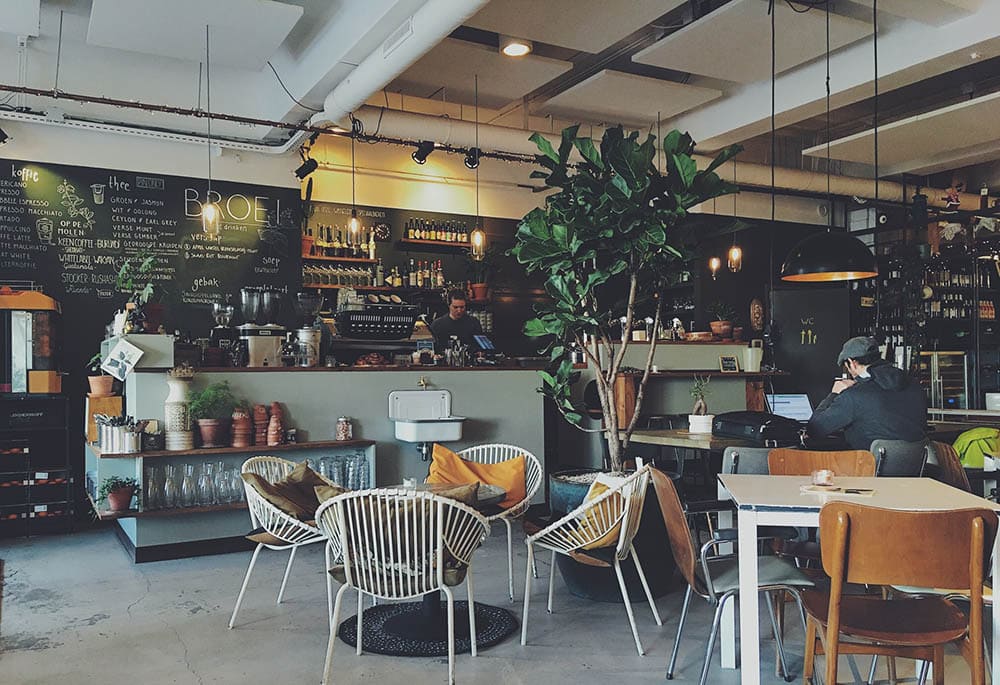
The world loves caffeine. Whether you drink coffee or prefer a good cup of tea you are experiencing the boost caffeine provides the body. Those who crave chocolate or indulge in energy drinks when feeling drained are also benefitting from the caffeine inside. But did you know caffeine is a natural substance found in plants? That’s right. If you are curious about what plants have caffeine you’ve come to the right place. Here’s a look at the most popular caffeine-supplying plants and what goodness they provide us.

The 6 Plants That Contain Caffeine
1. Coffee Plant (Coffea)
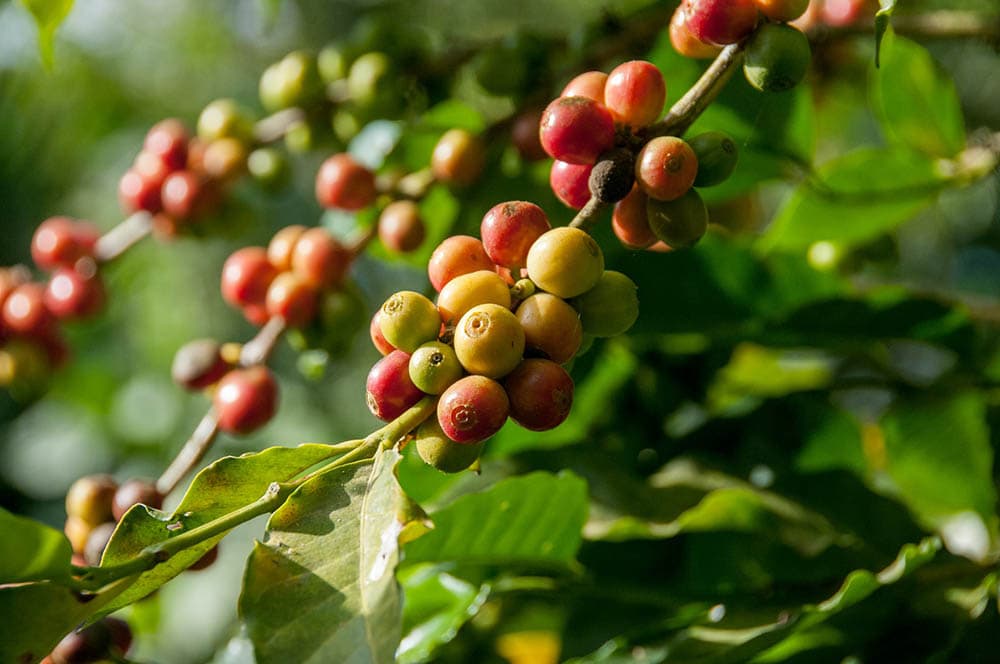
| Type: | Evergreen Tree |
| Climate: | Tropical |
The coffee plant, both arabica and robusta varieties are the best-known plants out there with caffeine in them. These plants produce cherries that contain the coffee beans so many love inside them. These evergreen trees are grown in tropical climates. Most coffee plants are grown in mountainous areas that get a good amount of rainfall. The arabica variety of coffee plants does best in high altitudes with hilly areas. Robusta is hardier and has lower levels and with more sun. Arabica beans contain 12 milligrams of caffeine per gram. Robusta beans have close to 2 times the amount with 22 milligrams per gram.
2. Tea (Camellia sinensis)

| Type: | Evergreen bush |
| Climate: | Any |
This hardy evergreen bush is responsible for giving the world white, black, green, and oolong teas. These bushes can grow in almost any environment. The main ingredients needed to grow a healthy tea plant is high humidity, heavy rainfall, and well-drained soil. All these aspects come together to provide a single tea leaf with roughly 3% caffeine by weight. When the tea leaves are processed and brewed caffeine amounts per cup can range from 6–110 milligrams of caffeine according to the type.
3. Cola Tree (Cola acuminata)

| Type: | Evergreen tree |
| Climate: | Tropical |
The Cola tree grows in lowland areas in tropical climates. This evergreen tree produces fruits that contain the popular kola nut which contains roughly 1.25–2.4% caffeine. These nuts are added to popular drinks known as colas to help with flavoring and provide the caffeine pick-me-up people love.
4. Cacao Tree (Theobroma cacao)
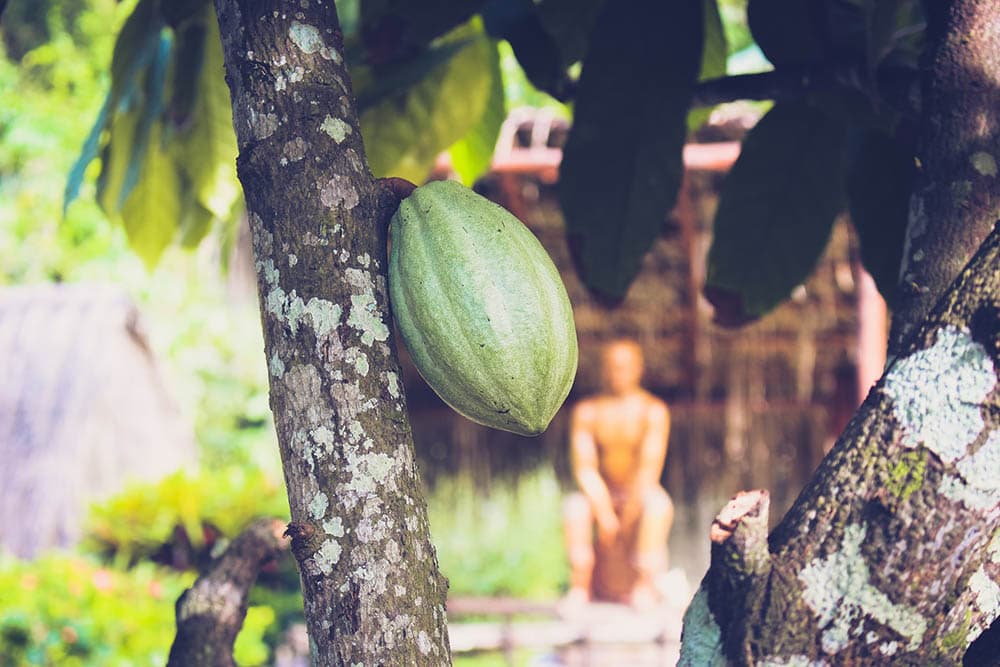
| Type: | Evergreen Tree |
| Climate: | Tropical |
Theobroma cacao or the cacao tree is the beautiful evergreen tree that provides the world with cocoa beans. Why is this a great thing? Cocoa beans are used to make chocolate. These trees thrive best in tropical climates with good rainfall amounts and great soil drainage. One bean contains anywhere from 0.1–0.7% caffeine.
5. Guarana
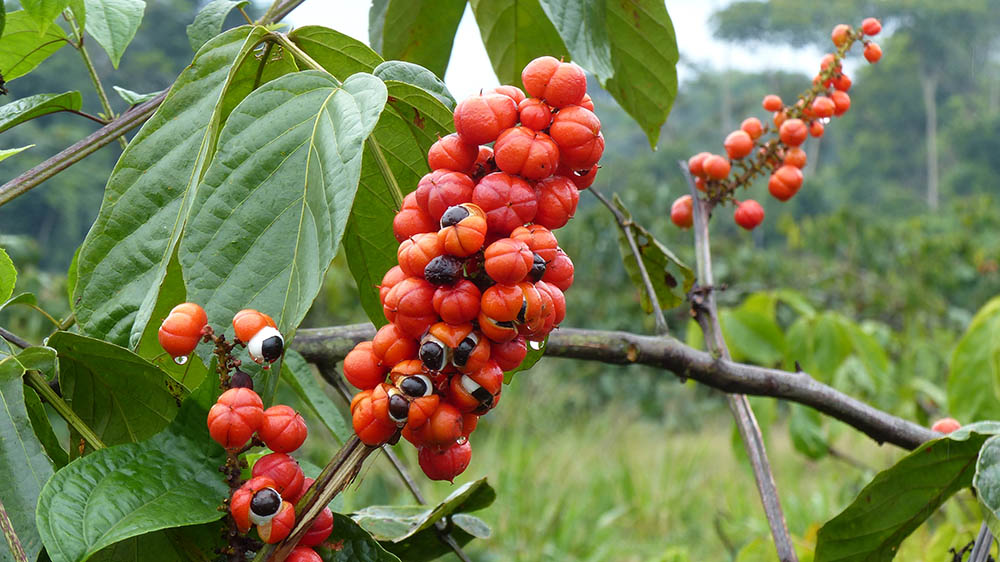
| Type: | Climbing plant |
| Climate: | Tropical |
The guarana plant is common in Brazil and native to the Amazon basin. This climbing plant produces a seed that is similar in size to the coffee bean. Guarana seeds are a common ingredient found in energy drinks and dietary supplements. When it comes to caffeine, one seed is twice as potent as a coffee bean with 2-8% caffeine in each one.
6. Yerba Mate (Ilex paraguariensis)
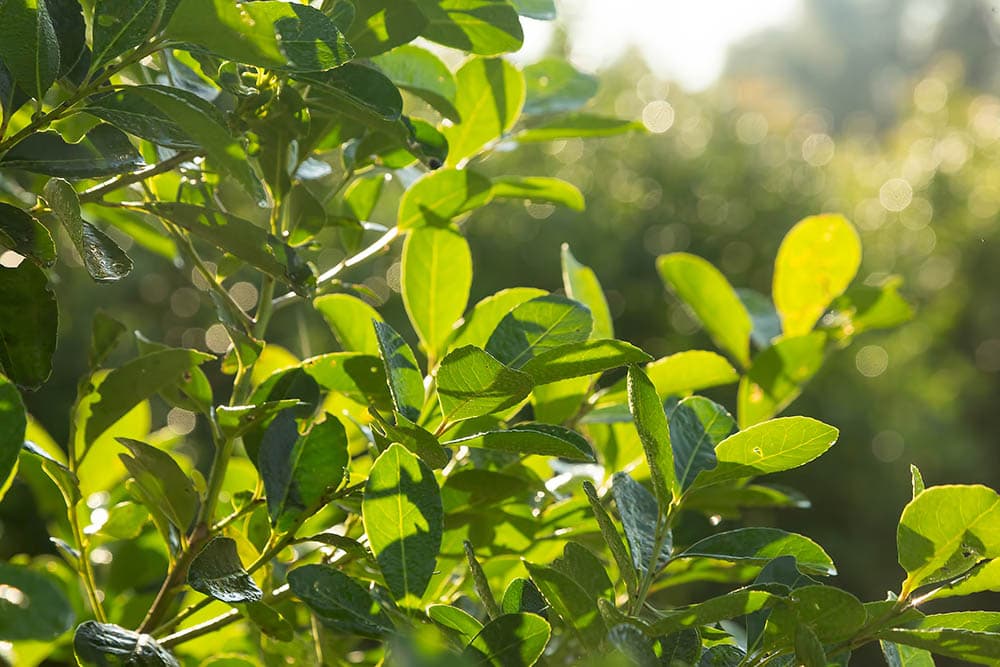
| Type: | Evergreen Tree |
| Climate: | Tropical |
Yerba mate comes from a holly tree native to South America known as the Ilex paraguariensis. When the leaves of this tree are soaked a caffeinated beverage called yerba mate is created. This drink can be taken sweet or unsweetened, hot or cold. The leaves contain 1 – 1.5% caffeine and provide the body with the same effects as other caffeinated beverage.

What Is Caffeine?
While each of the plants listed above supplies us with caffeine, many people aren’t sure what caffeine truly is. Caffeine is a naturally occurring stimulant that is found in nature. Caffeine is bitter tasting and stimulates the nervous system of the person ingesting it while promoting mental clarity. This stimulation is what makes these plants, and the caffeine inside so popular. When people feel sluggish or need a little help to get through their day, turning to their favorite foods or drinks with caffeine inside is a great pick-me-up. Caffeine is also a diuretic. It can help the body get rid of extra salts or toxins by increasing the frequency of urination.

The Downsides of Caffeine
Most people enjoy the energy boost and mental clarity caffeine provides our bodies, but there are downsides to having too much of a good thing. Caffeine can raise your blood pressure, interrupt the absorption of calcium in the body, and even cause stomach upset and heartburn. You may also find yourself suffering from side effects if you ingest too much caffeine a day. Those side effects include:
- Increased heart rate
- Insomnia
- Dehydration
- Anxiety
- Jitteriness
- Headaches
- Dizziness
- Addiction
If you find yourself suffering from any of these symptoms after consuming caffeine, it is best to lower your daily amount and contact your physician.

Conclusion
This list includes the most popular plants in nature that contain caffeine. While each of these plants has different levels of caffeine in them, the end result is the same, drinks and foods most of us love. Hopefully, this information will give you more insight into caffeine and the plants that make it possible for us to enjoy this stimulant.
Featured Image Credit: mciriaco, Pixabay




